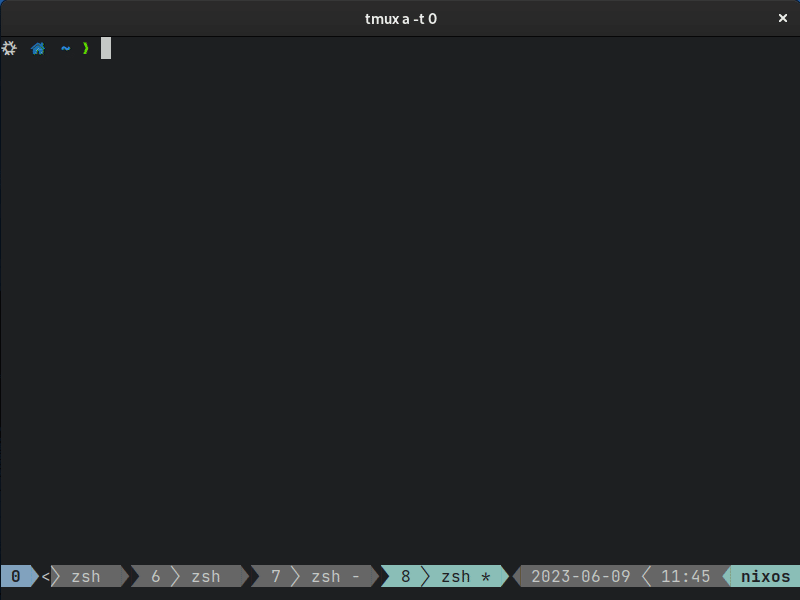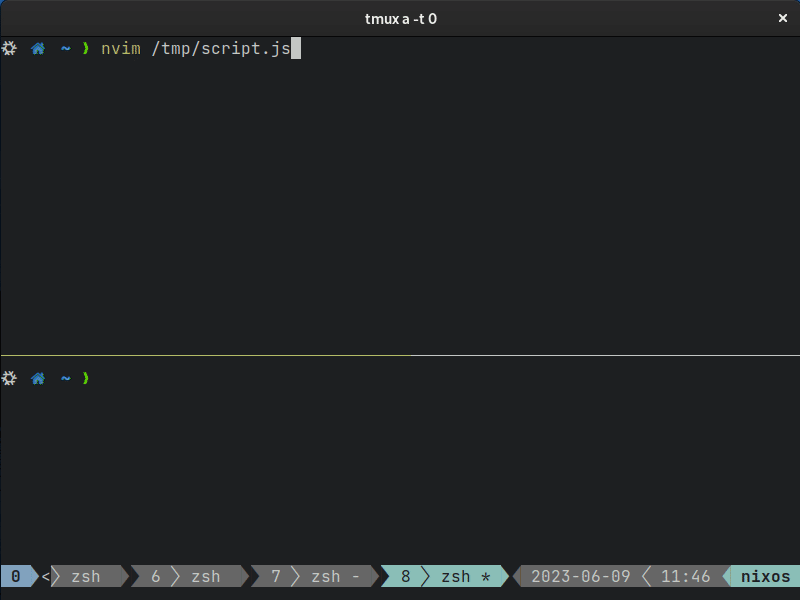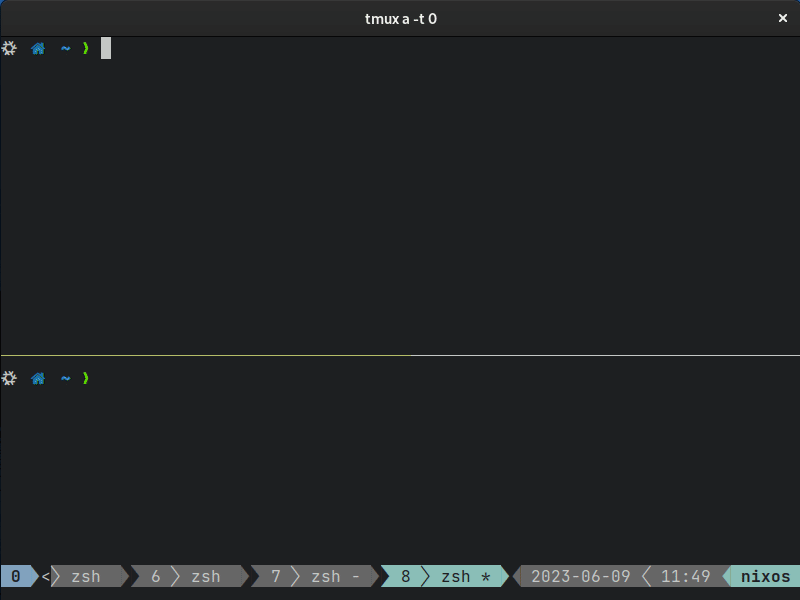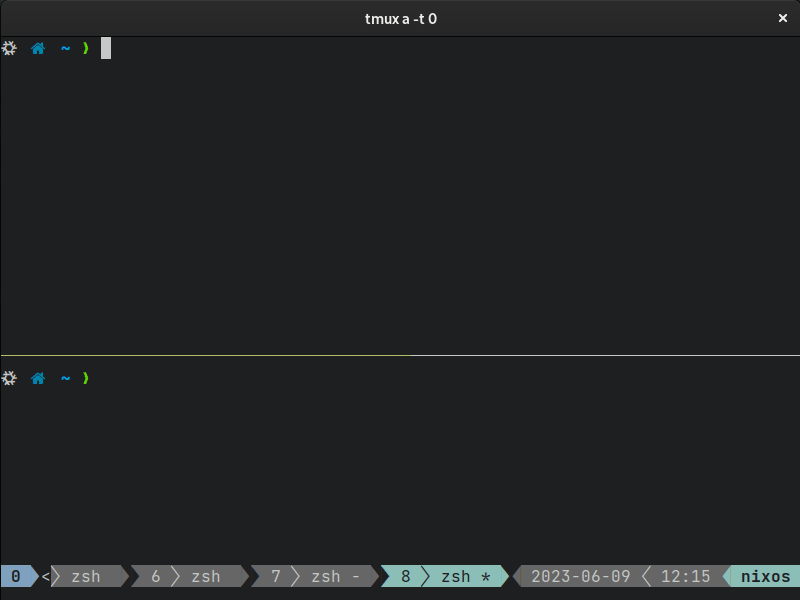Introduction
There are two ways that we can use to run computer programs: compiling and interpreting. Correspondingly, on workflow, for compiled languages, we have a Edit Compile Execute Loop, and for interpreted languages, we have a Read Evaluate Print Loop.
REPL is also the name for an interpreted language's fast and small interactive
testing program. For example, in Python, we can start the Python REPL by typing
python in the command line:
Python 3.10.9 (main, Dec 6 2022, 18:44:57) [GCC 11.3.0] on linux
Type "help", "copyright", "credits" or "license" for more information.
>>> 1 + 2
3
>>> print("Hello world")
Hello world
The same goes for JavaScript, where the command is node:
> 1 + 2
3
> console.log("Hello world")
Hello world
undefined
Lisp-family languages (Clojure, Racket, Common Lisp, etc.) are the originator of the term, and they take the concepts further to REPL Driven Development, which is a workflow where a program is created exploratively part by part. Each part is put into the REPL, which facilitate unit testing and fast feedback loop.
Emacs is also "the editor" that people think about for this workflow for Lisp is the editor's DNA from its start (Emacs uses Elisp as its extension language). However, in this post, I'm gonna be a heretic. I'm going to guide you on how to do REPL Driven Development on any language that has a REPL ready, using Vim.
Prerequisites
I'm gonna assume that you, the readers, are proficient command line users. Apart from working with Vim well (using Vim key bindings everywhere and understanding Vim plugin installation), you also need to be okay at using tmux (knowing what is a session and what is a pane).
The main plugin that we are using is vim-slime. You are free to add any plugin
for the languages that you use. Later, after you understand the principles, or
the idea behind, vim-slime can be replaced with other plugin.
https://github.com/jpalardy/vim-slime
The General Idea
sequenceDiagram
autonumber
actor user as User
participant editor as Editor
participant repl as REPL
user ->> editor: send key sequence
editor ->> repl: send code block
repl ->> repl: evaluate code block
repl ->> repl: show result
The idea is that you are going to use a key sequence to send a code block from the editor to the REPL. The REPL then is going to evaluate the block, and display the result, which creates a much faster feedback loop than the traditional "make sure the whole program works".
REPL Driven Development also encourages the user to split the program's functionalities into small, "pure" functions (ones that return the same output for the same input), since they are a natural fit for code block sending.
Let's go back to the main topic, where we specified Vim and tmux and
vim-slime, what we are going to do is to have tmux split the screen into two
halves: Vim on the top, and a REPL on the bottom, and vim-slime to send the
code block into the bottom REPL.
+------------------+
| VIM |
| vim-slime +---+
| | |
+------------------+ | code block
| REPL | |
| |<--+
| |
+------------------+
Demonstrations
Talk is cheap. Show me the
codeGIFs.
I guess my explanations bored you enough. Here are some demonstrations that I
created. C-c C-c (or double Ctrl C) is the key binding that I used to send
a code block from Neovim to the second pane of tmux.
Python

JavaScript

OCaml

Shell

Conclusion
REPL Driven Development is an interesting and joyful approach to software
development, but I think it has its drawbacks. The main one that I can think of
is the limitations from a language's module implementation: while Clojure has a
namespace system, Python or Node or OCaml does not have something like that to
allow a big program to be initially disintegrated, and later be combined as a
whole.
I think REPL Driven Development can still be good tool for programming language learning purpose: I think the workflow is a perfect way to get yourself familiar with the language's syntax and standard library.

